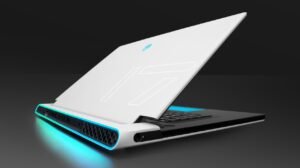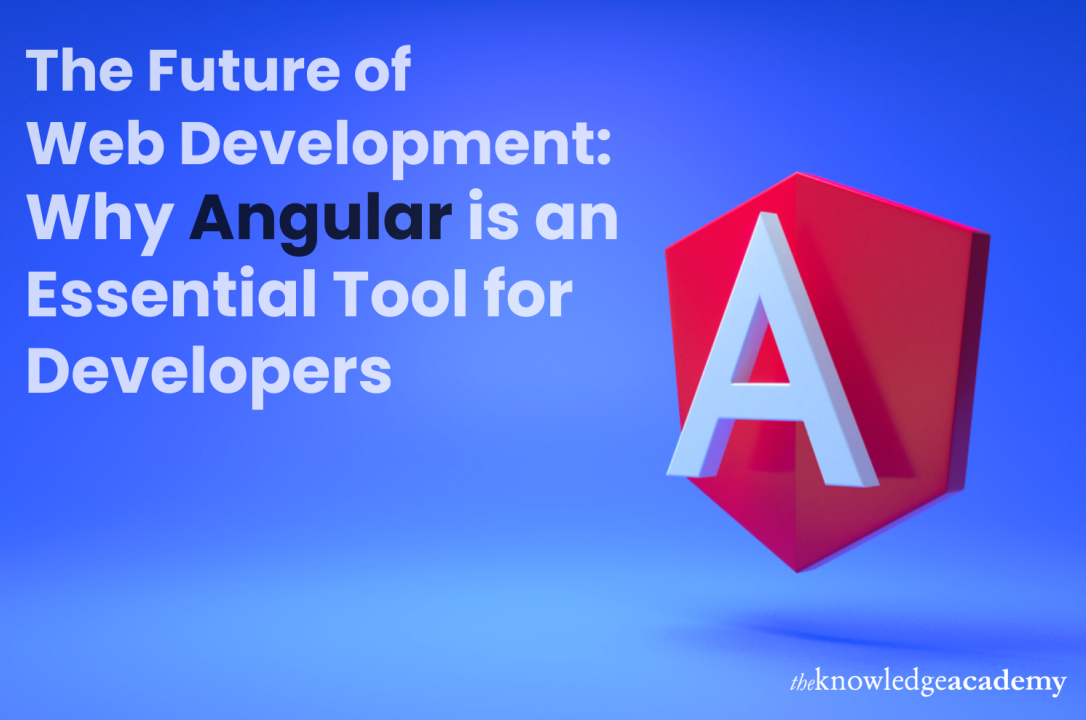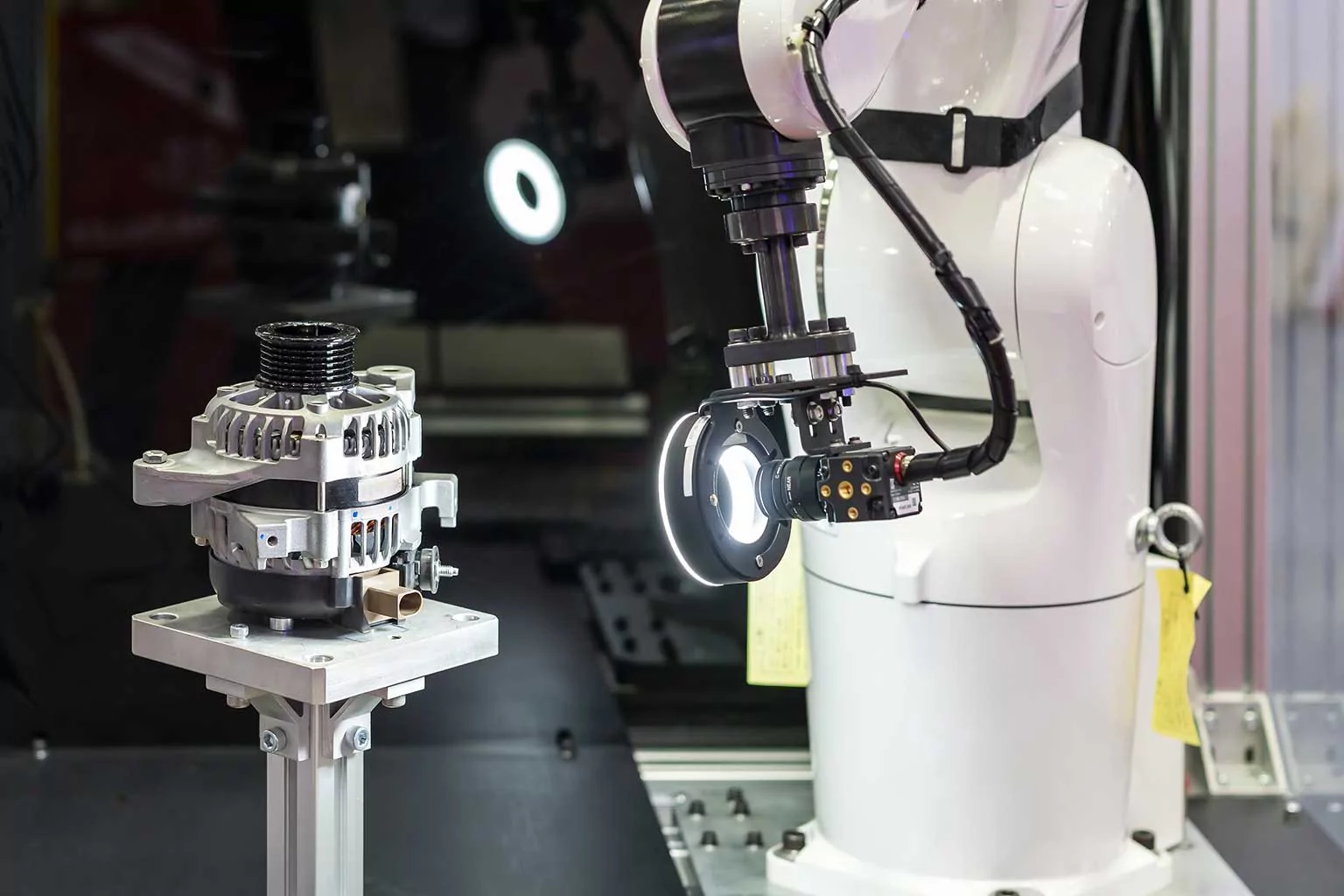Could Apple be launching a more budget-friendly version of its Vision Pro headset as early as next year? Rumors are swirling that the tech giant is aiming to make its virtual and augmented reality technology more accessible with a new headset priced around $2,000. This is a significant price drop compared to the $3,499 Vision Pro, which, while groundbreaking, has faced criticism for its high cost.
This isn’t entirely surprising. Bloomberg’s Mark Gurman, known for his reliable Apple leaks, has been hinting at a more affordable Vision headset for a while now. He suggests this new version could arrive as early as 2025. The goal? To broaden the appeal of Apple’s visionOS platform and entice more consumers into the world of spatial computing. But how exactly will Apple make this headset more affordable? And will it be worth the investment? Let’s dive in.
Cutting Costs, Not Corners?
To reach the $2,000 price point, Apple is reportedly considering several cost-cutting measures:
- Less Powerful Processor: Instead of the high-end M2 chip found in the Vision Pro, this new headset might utilize an iPhone-grade A-series chip. This would still provide a smooth user experience for most applications while significantly reducing the price.
- Cheaper Materials: The Vision Pro boasts a sleek design with premium materials like aluminum and glass. The more affordable version might opt for less expensive materials like plastic, similar to other VR headsets on the market.
- Display Downgrade: While the Vision Pro boasts micro-OLED displays for stunning visuals, the new headset might utilize less expensive display technology to lower costs.
- EyeSight Removal: One of the standout features of the Vision Pro is EyeSight, an external display that shows the user’s eyes to people around them. This innovative feature, however, is likely to be absent in the cheaper model.
What to Expect from the “Vision One”?
While specific details remain scarce, here’s what we might expect from Apple’s more affordable headset:
- Focus on Gaming and Media Consumption: With a less powerful processor, the headset might be geared towards gaming, media consumption, and communication, rather than the resource-intensive professional applications the Vision Pro targets.
- Simplified Design: Expect a more streamlined and lightweight design, potentially prioritizing comfort for extended wear during gaming or movie watching.
- Lower Resolution Displays: To reduce costs, the headset might feature lower-resolution displays compared to the Vision Pro, though still offering a high-quality visual experience.
- Fewer Cameras and Sensors: The Vision Pro is packed with cameras and sensors for precise hand tracking and environmental understanding. The affordable version might have a reduced number of sensors, potentially impacting some functionalities.
My Take
Personally, I’m excited about the prospect of a more affordable Apple Vision headset. While the Vision Pro is impressive, its price tag puts it out of reach for most consumers. A $2,000 headset, while still expensive, could be a game-changer, opening up spatial computing to a wider audience. However, I’m curious to see how Apple balances affordability with functionality.
Will the compromises impact the overall user experience significantly? Or will Apple manage to deliver a compelling product that makes VR and AR more accessible to the masses? Only time will tell.



















Add Comment